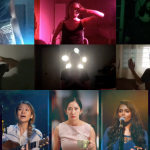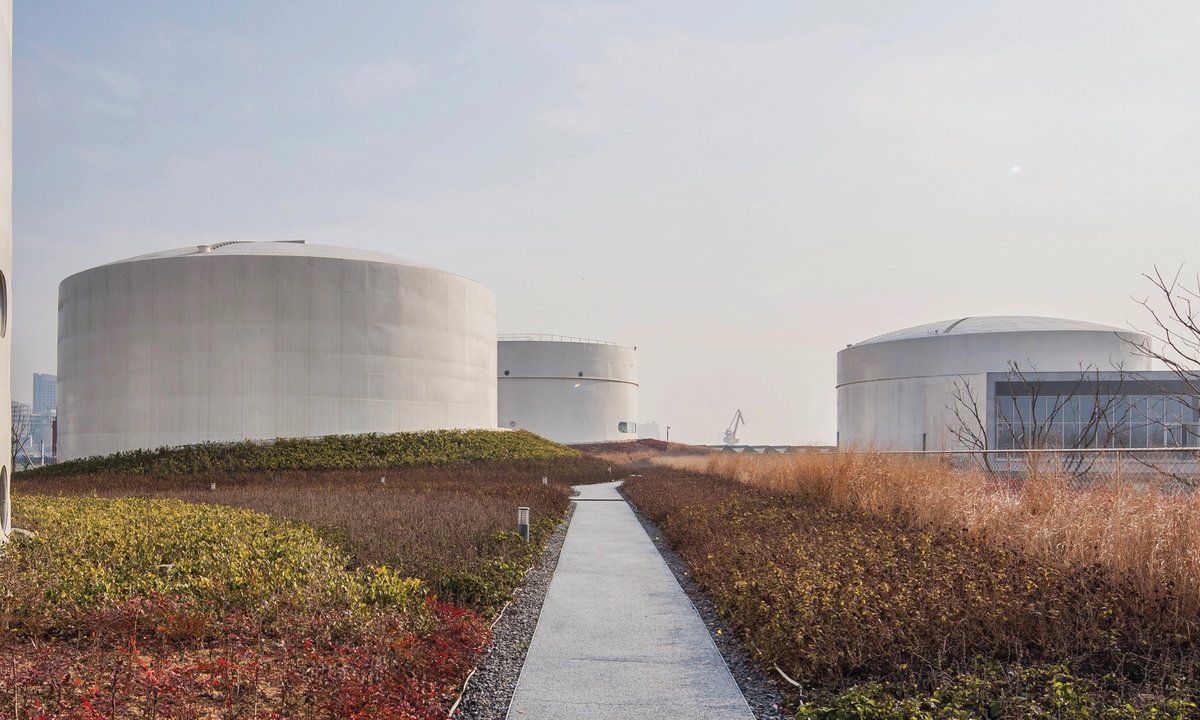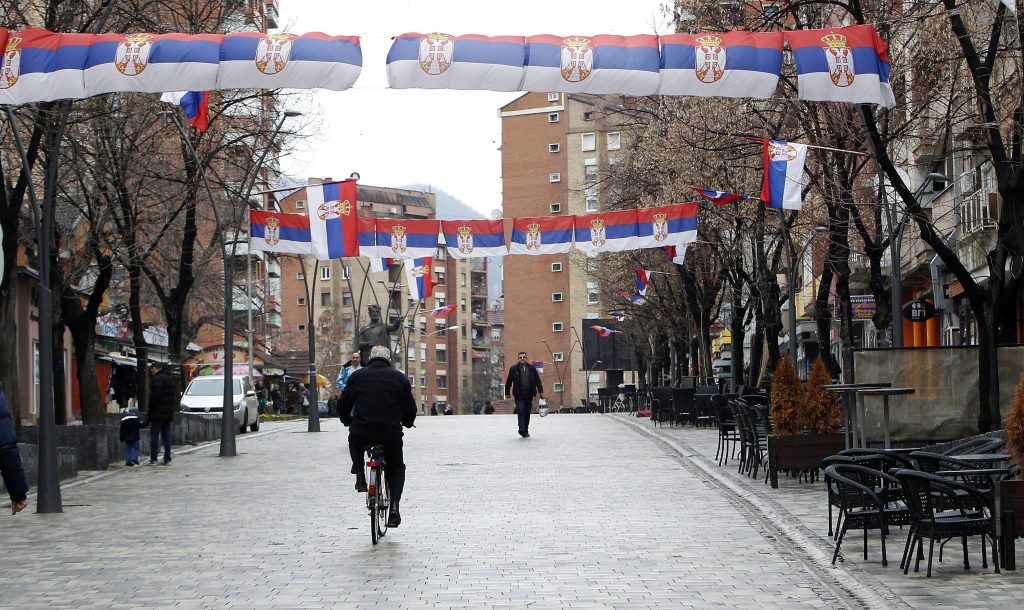Bullet
2021 - Film & Video (Film & Video)
10:00 minutes (looped)
Maya Watanabe
Maya Watanabe’s video installation Bullet unfolds within the context of the Peruvian justice and forensic systems. During the Peruvian internal armed conflict that occured between the subversive group Sendero Luminoso (Shining Path) and the Peruvian military from 1980-2000, approximately 21,000 people, civilians, and guerilla fighters were killed. Most of the killings that were perpetrated by the military during this period of political upheaval were later deemed extrajudicial acts, and almost all of them were carried out with firearms. To evade any potential judicial proceeding against the military, the victims were hidden or disappeared to avoid their identification. Many remains have been found since the conflict, but have not been identified, pending under the status “N. N.”, meaning “No Name”. Resulting from a collaboration with the Peruvian Forensic Archaeologist team, Watanabe’s video documents one of the unclaimed bodies. Specifically, the video examines a bullet wound in the skull of an unidentified person killed by the Peruvian Armed Forces in 1986. The video is an indictment of these extrajudicial killings and a critique of the corruption and negligence that has led to so many unresolved cases. Bullet is an attempt to reconsitute the cultural and political significance of these erased murders, in the hopes that more cases will be solved so that the families and civilians affected by the conflict can mourn appropriately and see through the healing process.
Drawing on her background in theater design and direction, Maya Watanabe is known for her multi-channel video installations that explore the relationship between language, collectivity, identity, and space. Considering words, silences and the interweaving of the two, her videos are often slow, controlled, and cyclical in nature. Earlier works incorporate references and methodologies from cinematographic language, often involving one or several actors performing a script and interacting with the camera through choreographed movements. The texts narrated by the actors are either borrowed quotes from movies or modified poems and scripts, which become untethered when taken out of their original context. The ambiguity and lack of narrative that results reveals the imprecise nature of perception and the images and memories that we rely to construct identity. Recent works examine the landscape, exploring their tendency towards the fantastical and ability to conjure memories. With particular attention to the legacy and history of Peru, her work considers the fragmented, uprooted, and mutable past of a place, and how issues of historical instability can take centuries to resolve.
Colors:
Other related works, blended automatically
» see more

© » KADIST
Maya Watanabe
2013Three men with their backs to each other, dressed similarly in dark colors, stare straight at the camera...
Related works sharing similar palette
» see more

© » ARTS EQUATOR
Podcast 82: Who's There & Two Songs and a Story | ArtsEquator Thinking and Talking about Arts and Culture in Southeast Asia Performance October 21, 2020 Nabilah Said, Matthew Lyon and Naeem Kapadia discuss Who’s There by The Transit Ensemble (Singapore/Malaysia/US); and Two Songs and a Story by Checkpoint Theatre...
Other works by: » Maya Watanabe
» see more

© » KADIST
Maya Watanabe
2013Three men with their backs to each other, dressed similarly in dark colors, stare straight at the camera...

© » KADIST
Maya Watanabe
2014In Escenarios (Sceneries) Maya Watanabe films forgotten wastelands through a series of 360° camera movements that highlight the dramatism and visual richness of terrain that would be otherwise forgotten...

© » KADIST
Maya Watanabe
2011El Contorno (Outlines) is a three-channel video installation that features five actors performing a script—at times individually and at times in unison—choreographically moving across an indistinct urban space...
Related works found in the same semantic group
» see more

© » KADIST
Beatriz Santiago Muñoz
2014La cabeza mató a todos or “The Head that Killed Everyone”, is a mixing of indigenous mythologies with present-day characters, geographies, and culture in Puerto Rico...

© » KADIST
Ximena Garrido Lecca
2014Destilaciones ( Distillations , 2014) is an installation composed of a group of ceramic pots, presented on the floor and within a steel structure...

© » KADIST
Natasha Wheat
2011Natasha Wheat’s Kerosene Triptych (2011) is composed of three images, one each from the digital files of the Library of Congress, the Smithsonian Institution, and the Field Museum tropical research archive...




